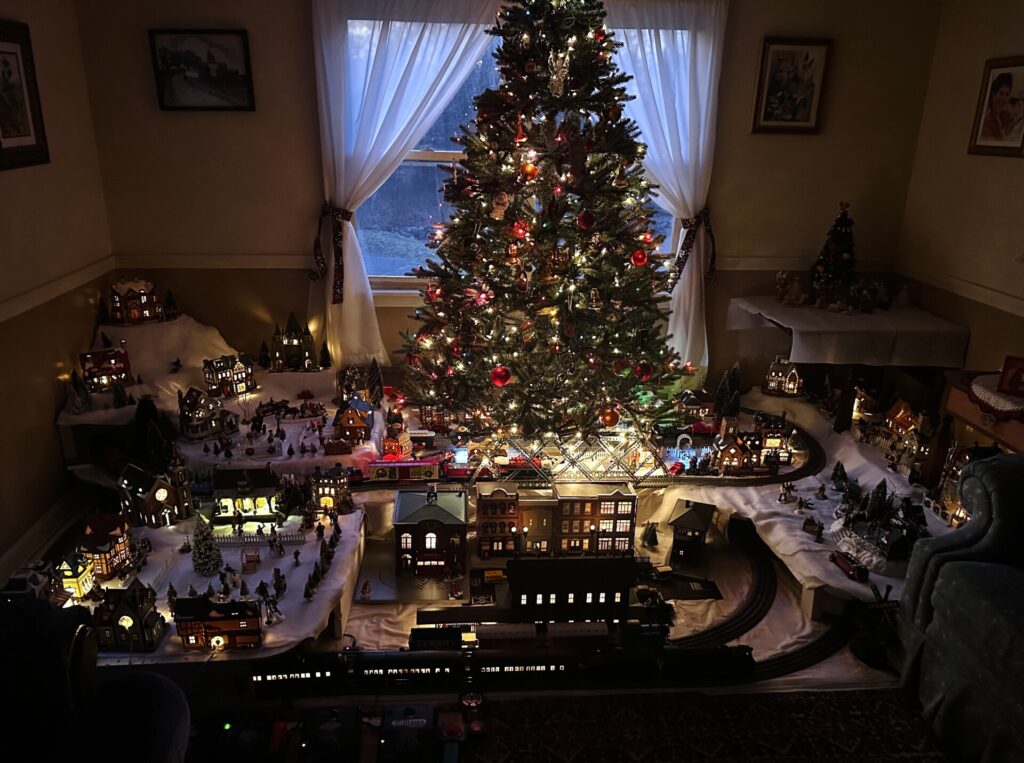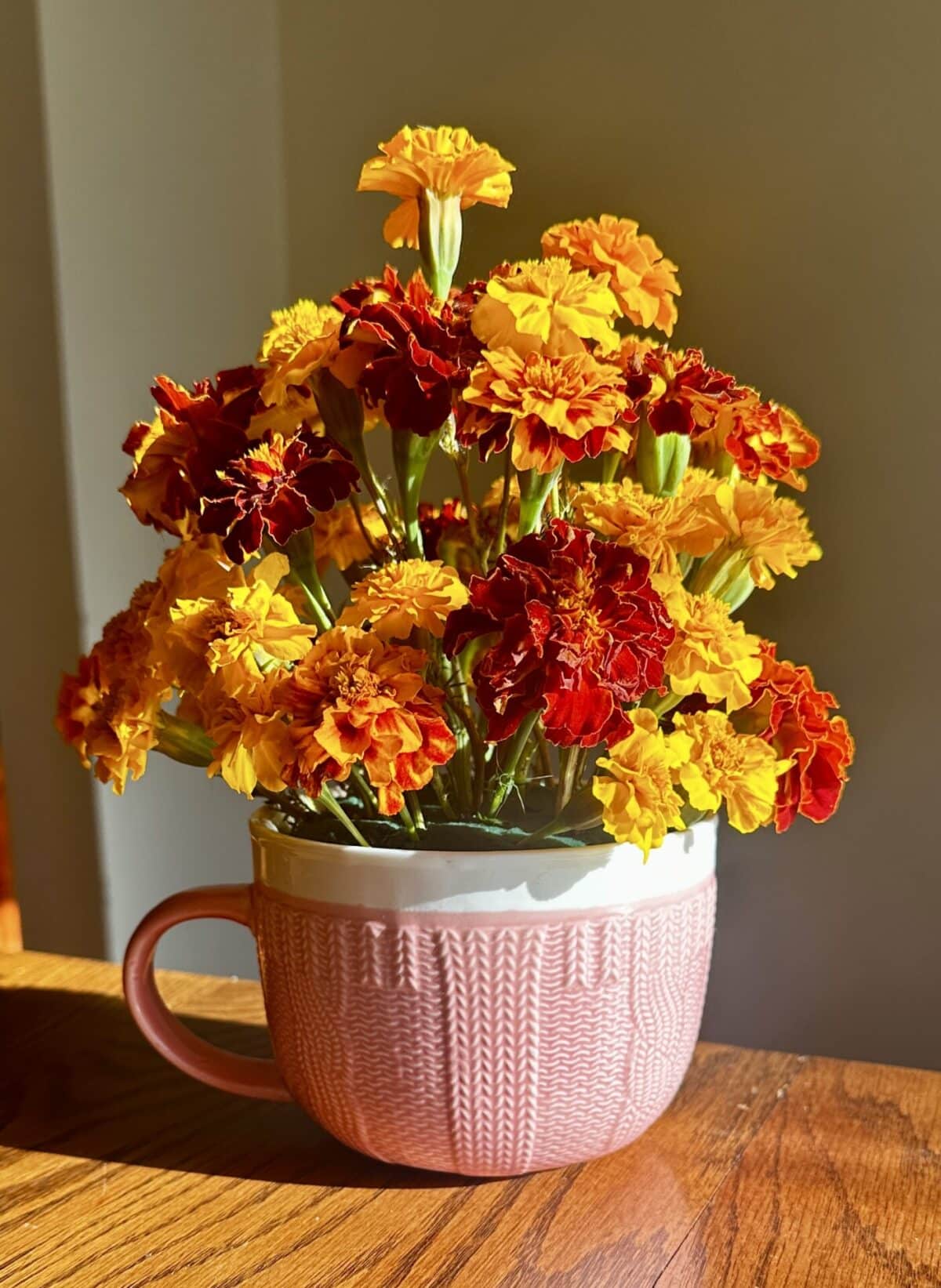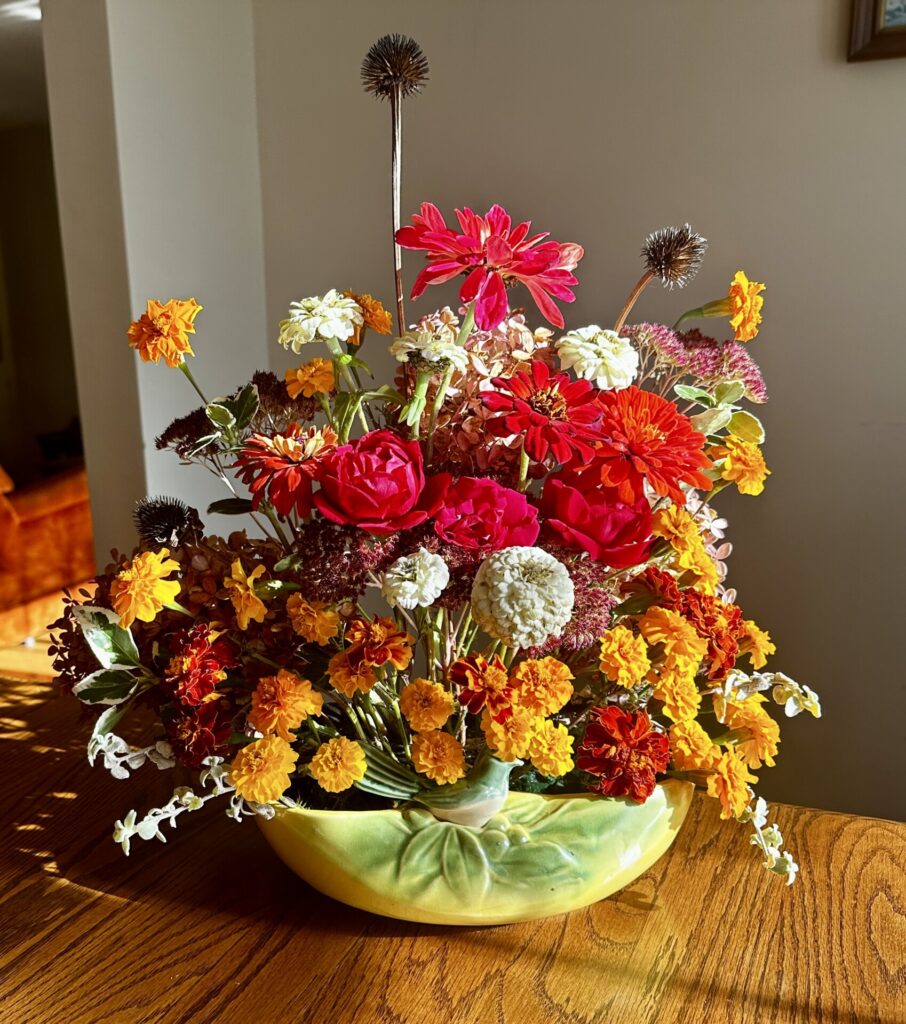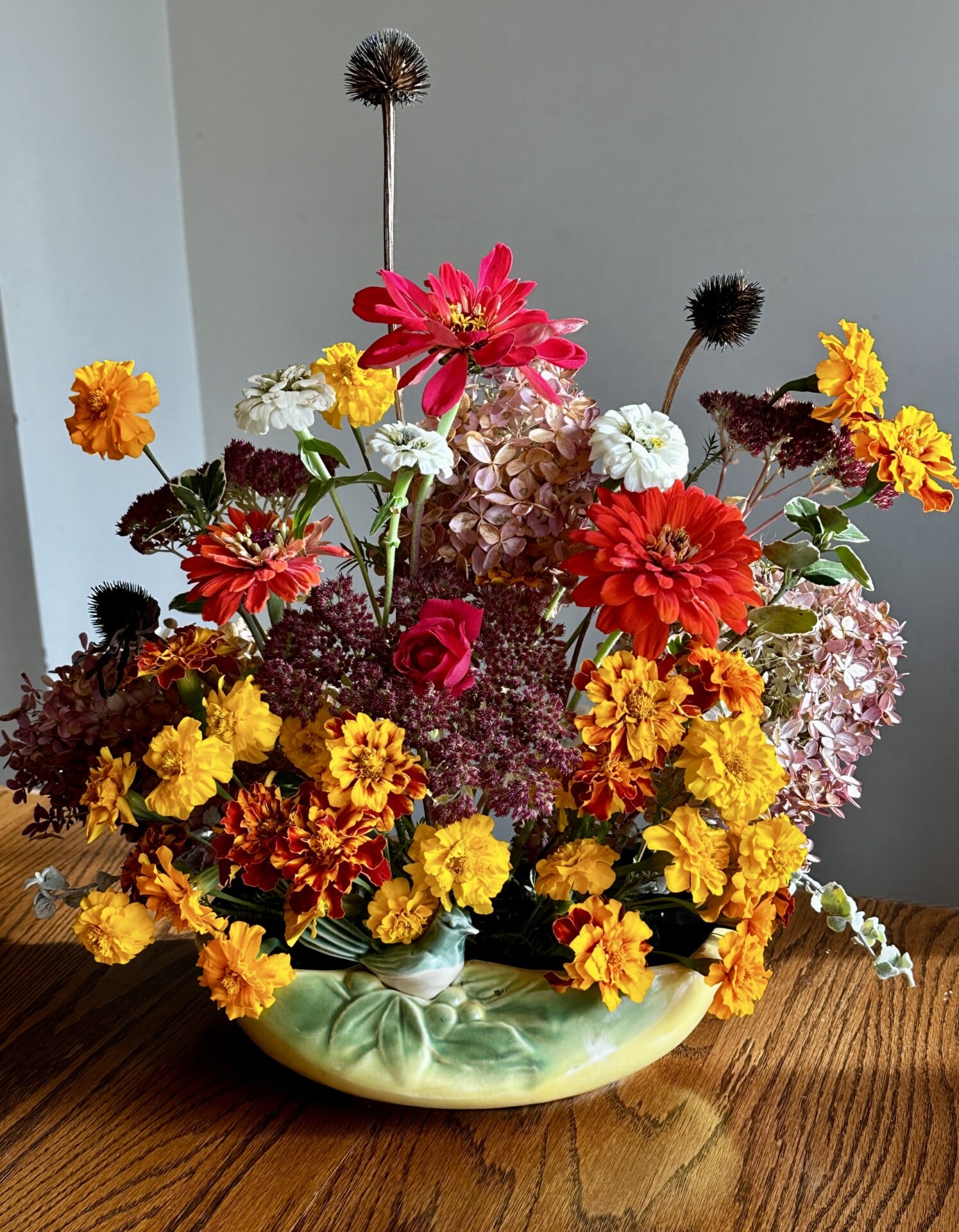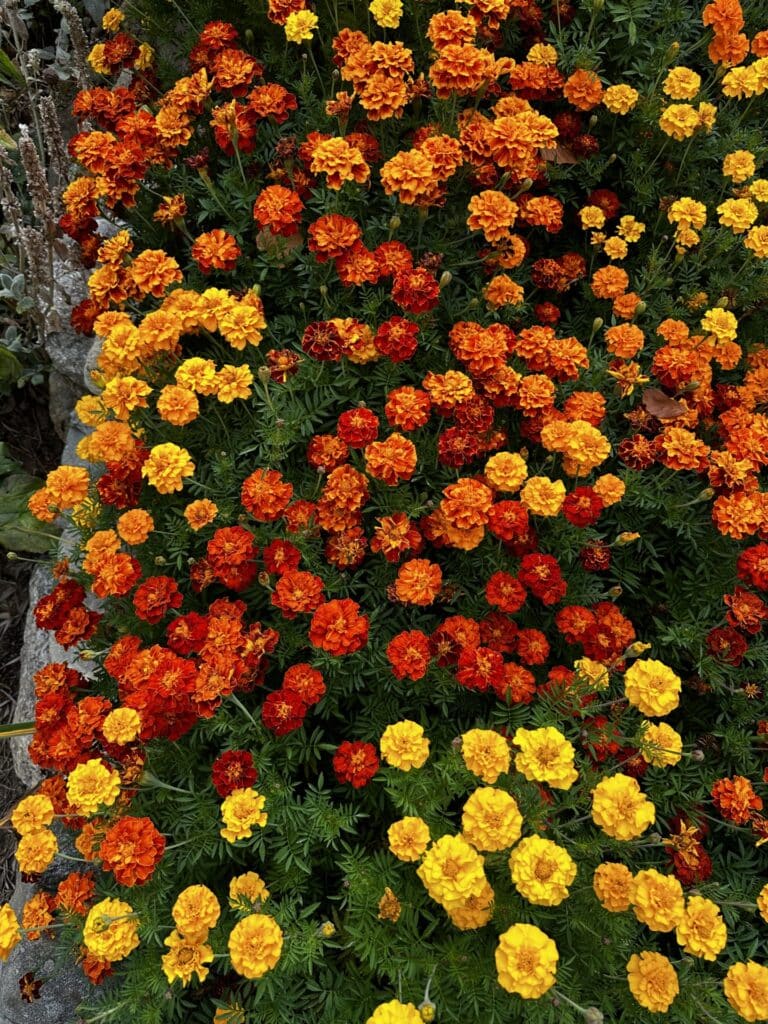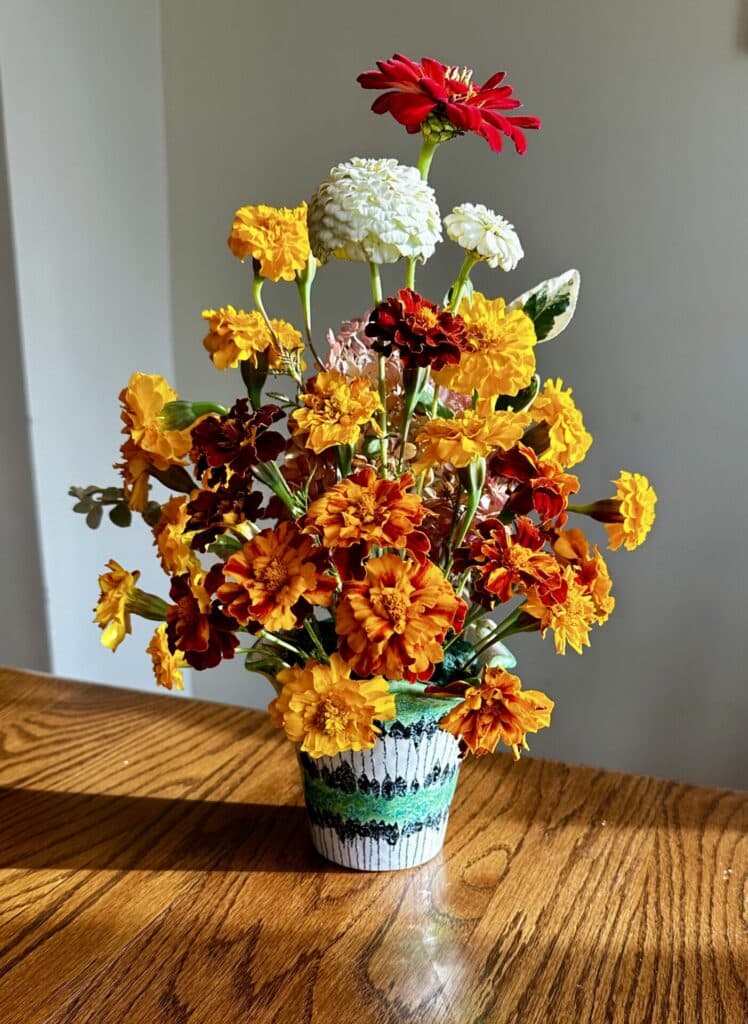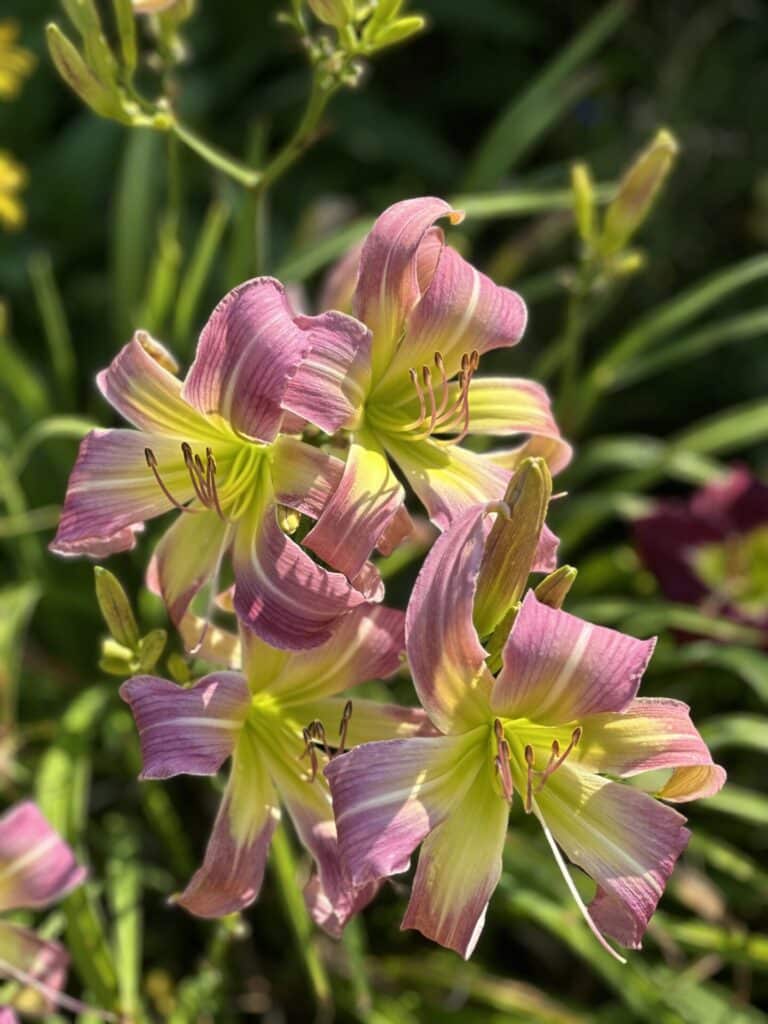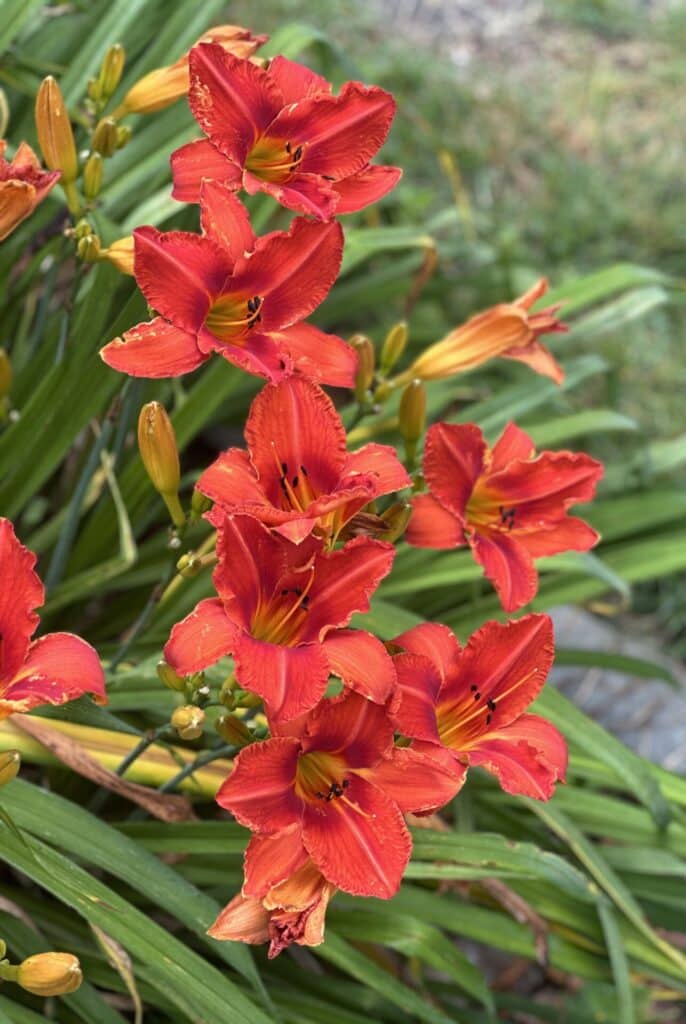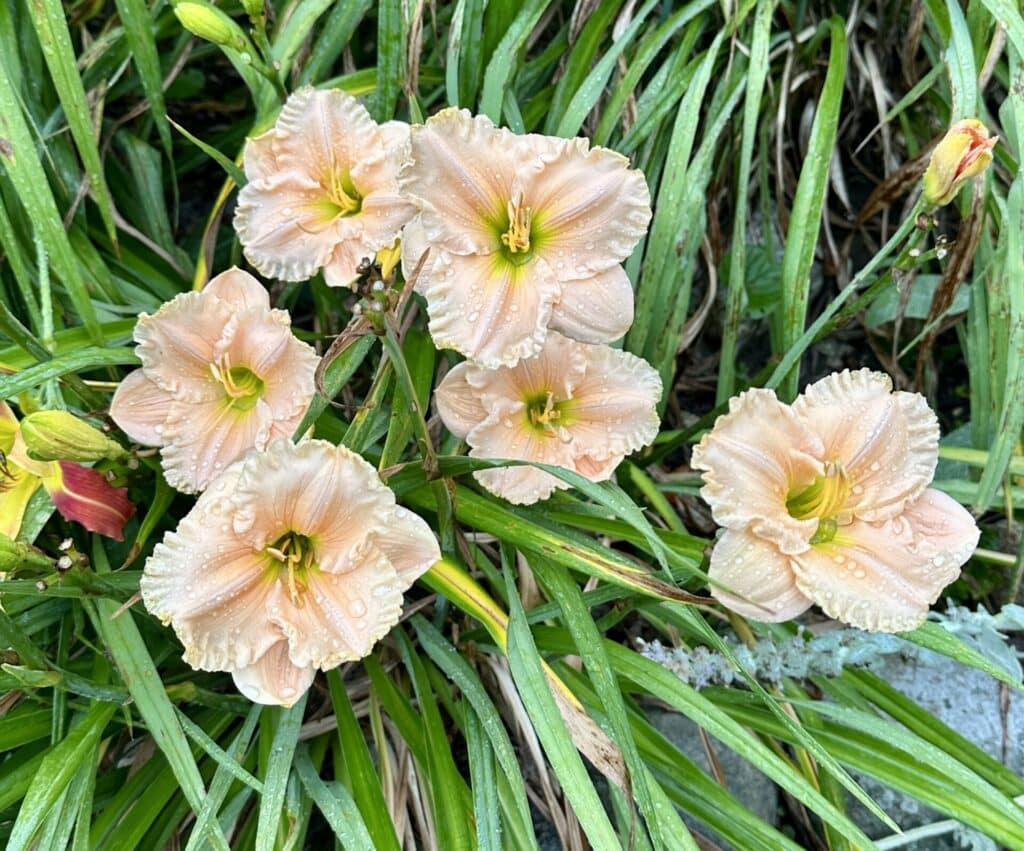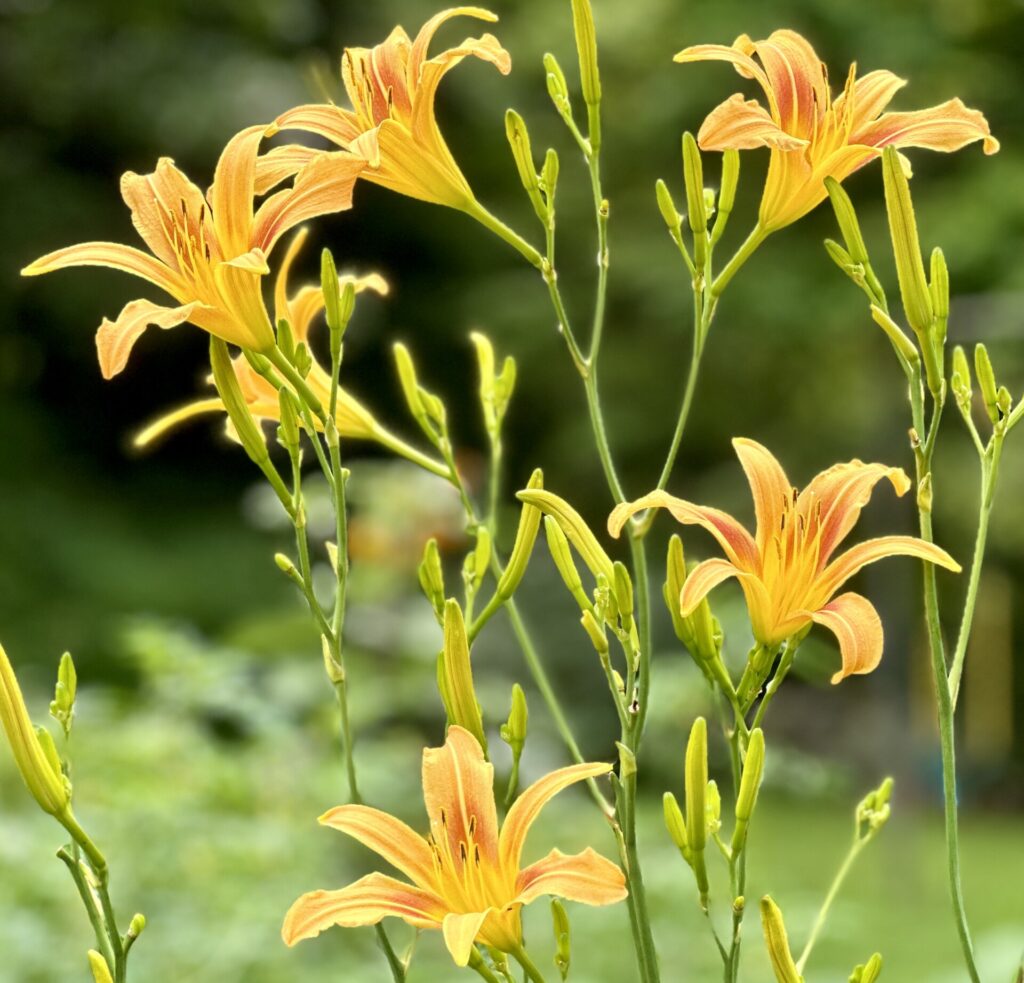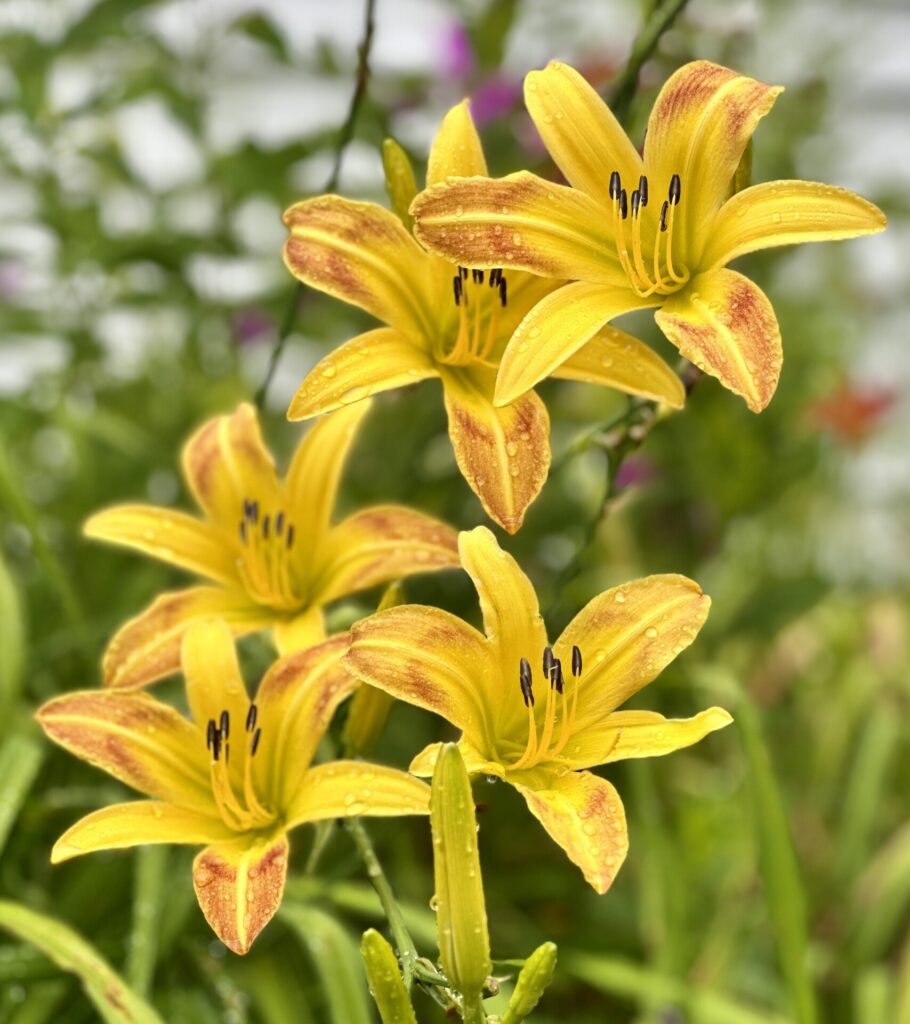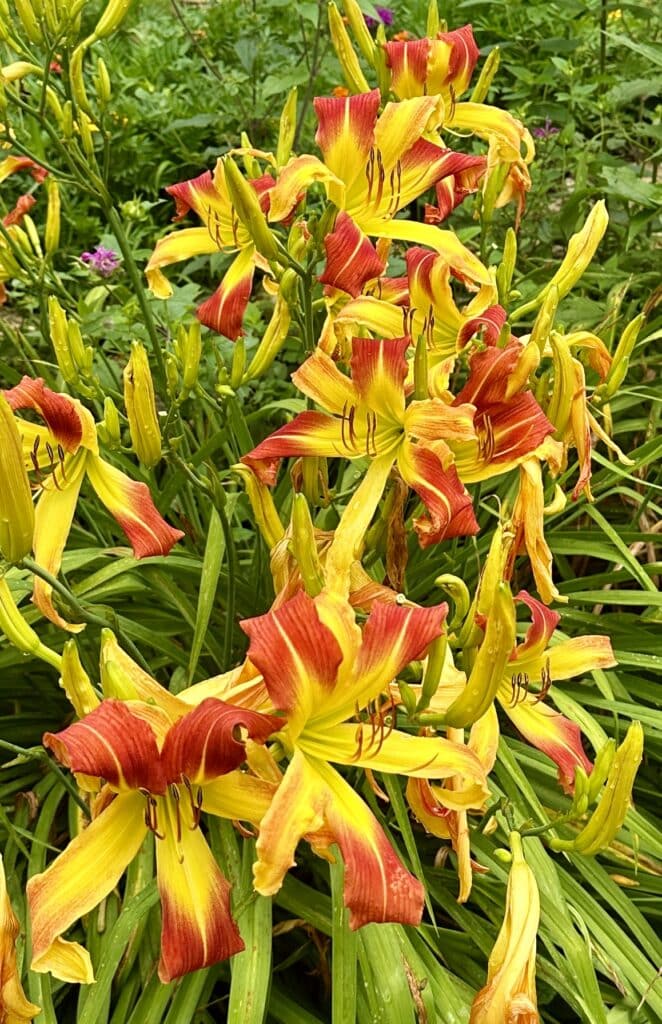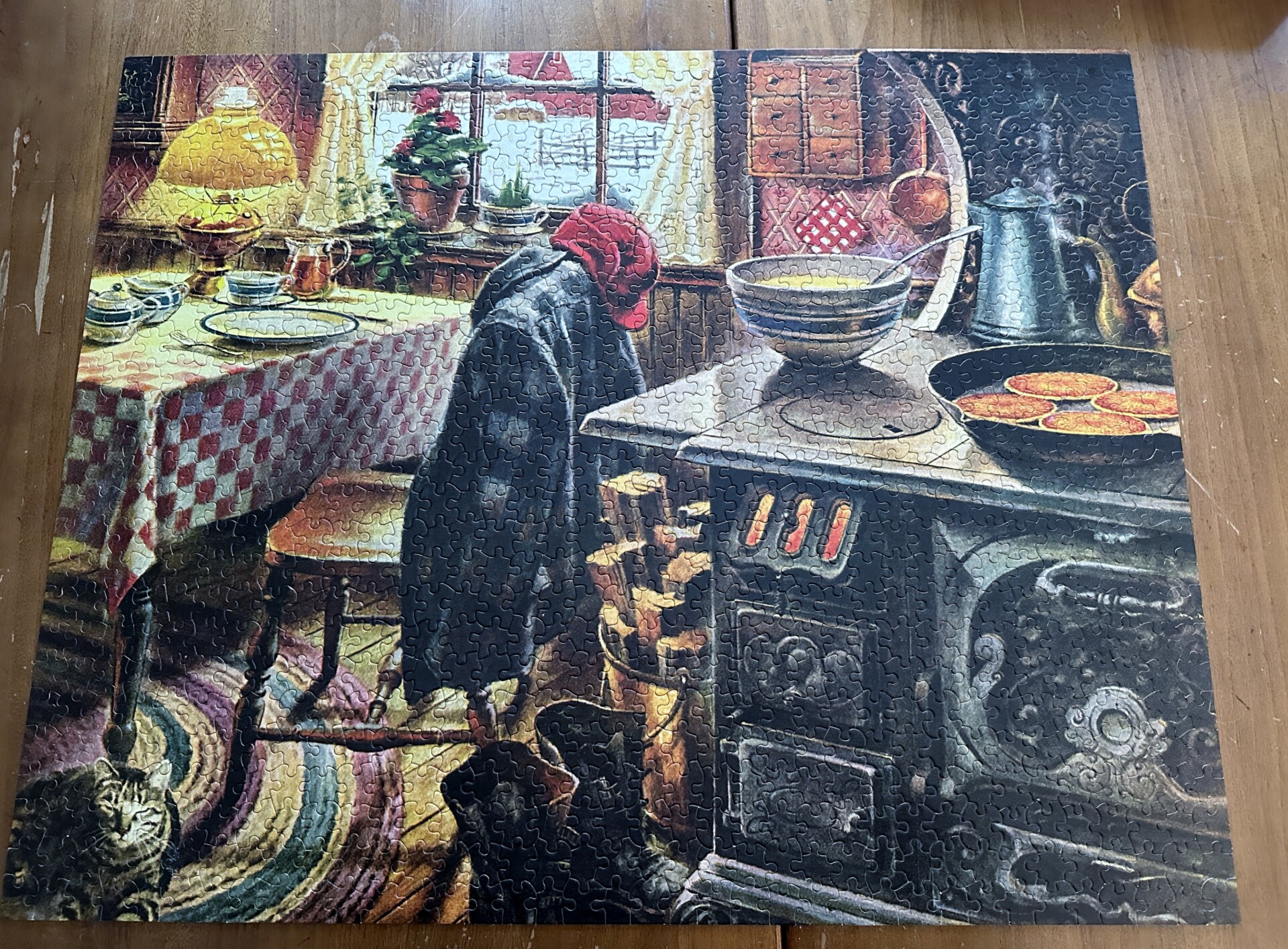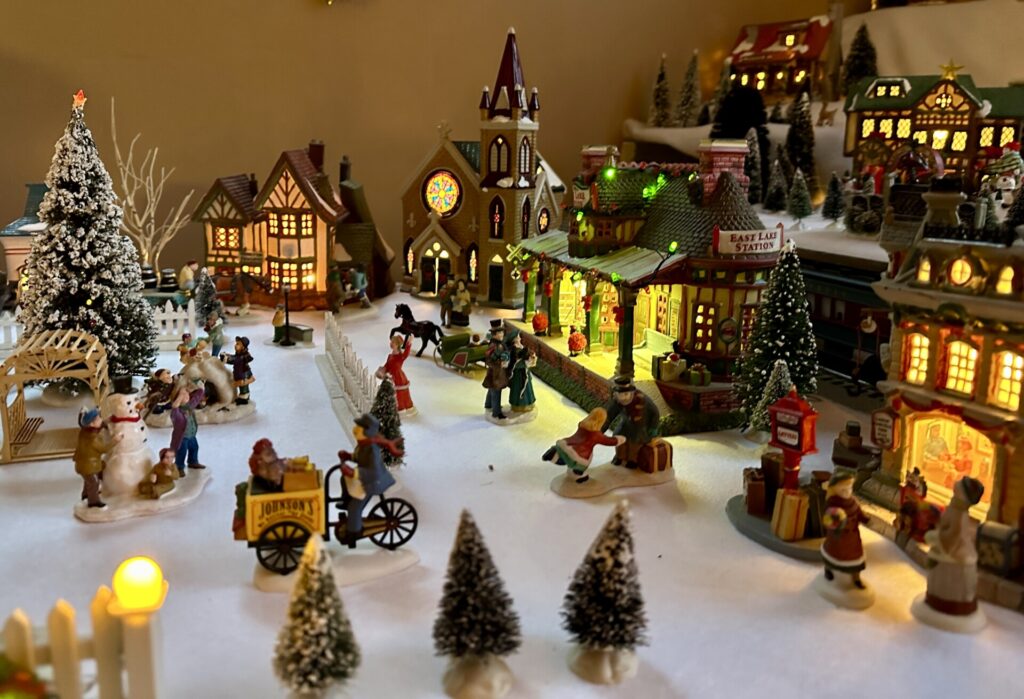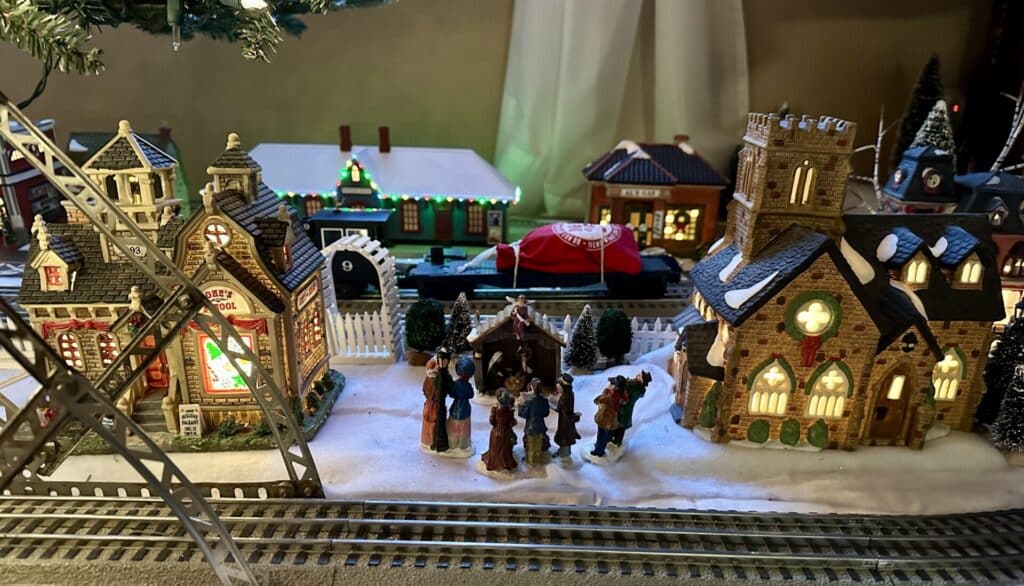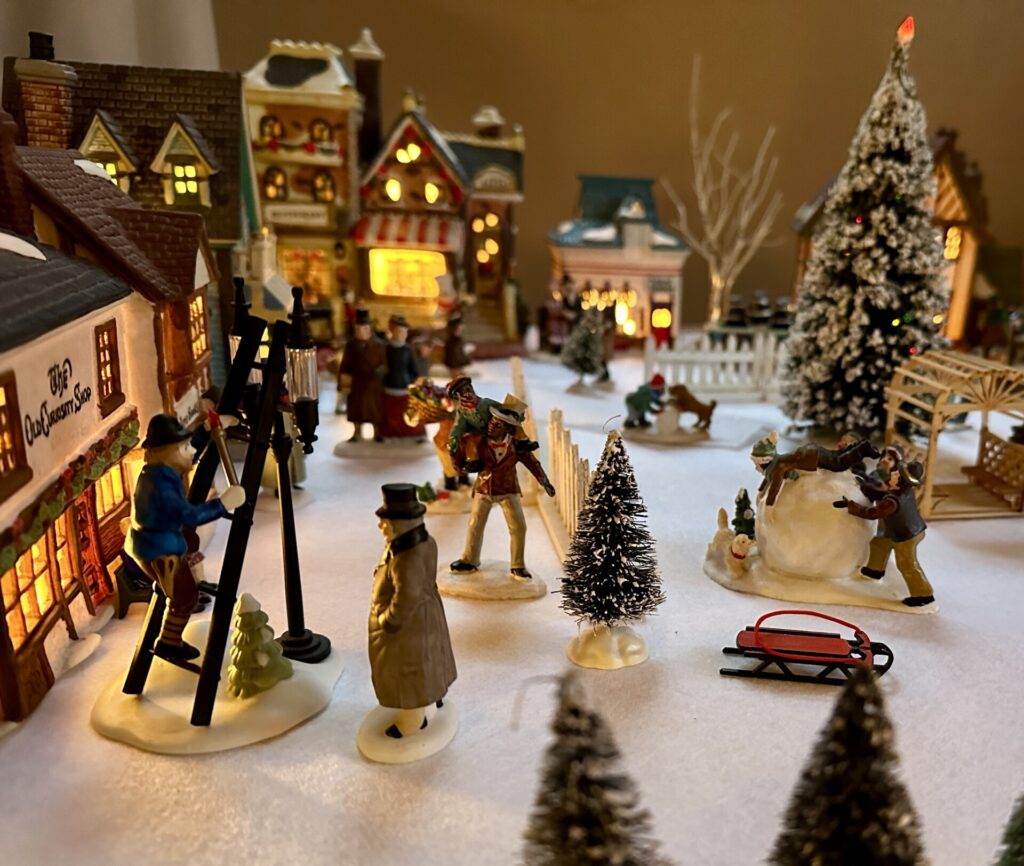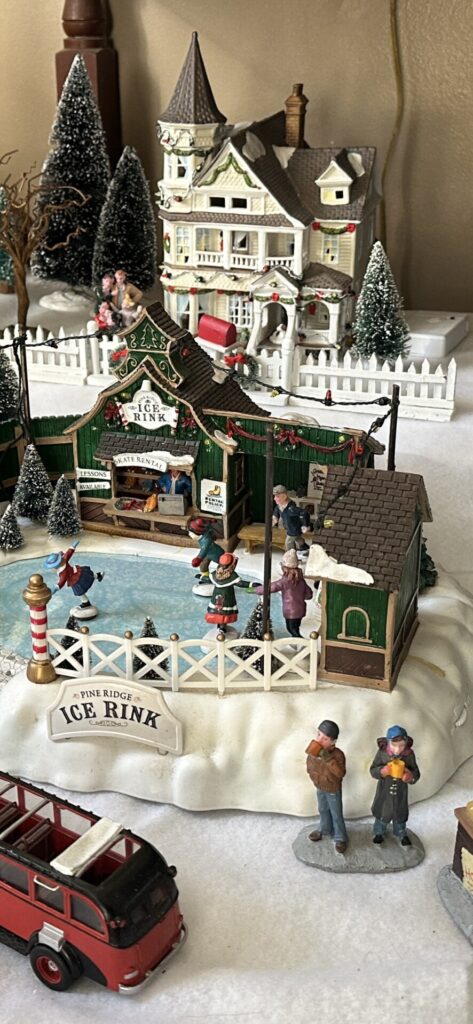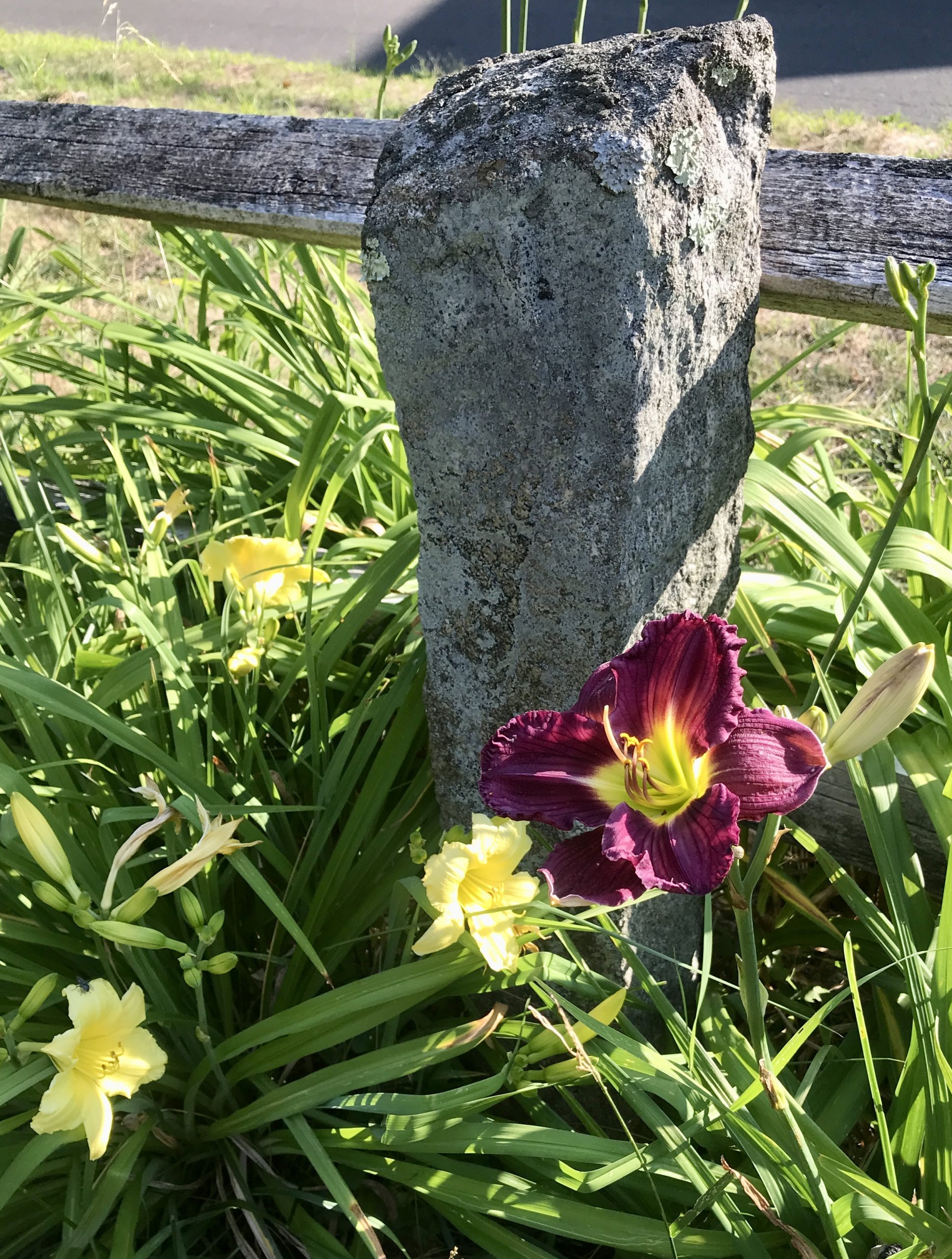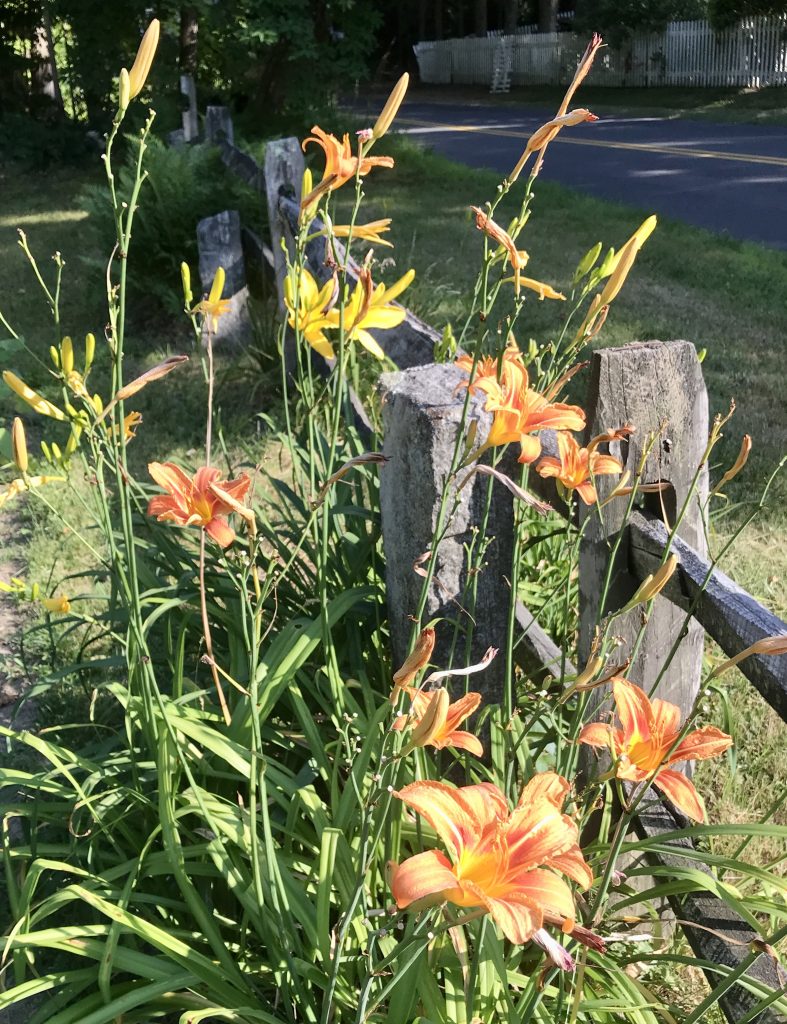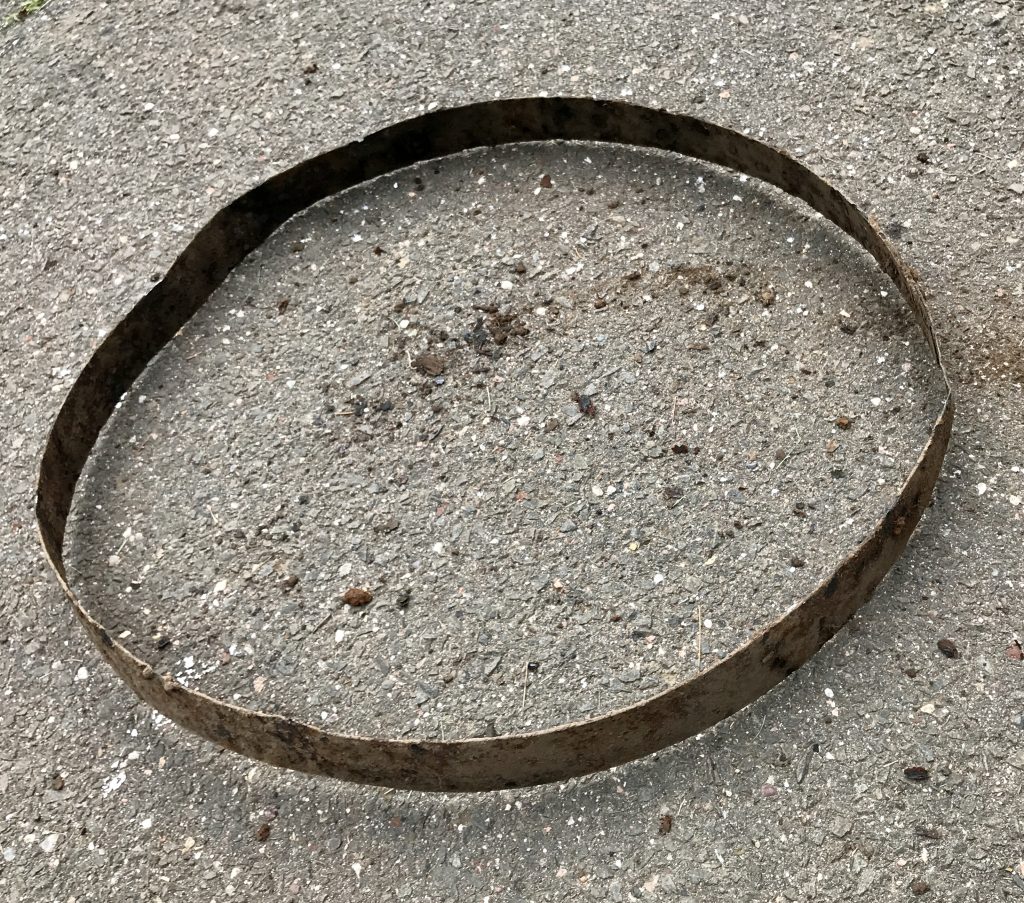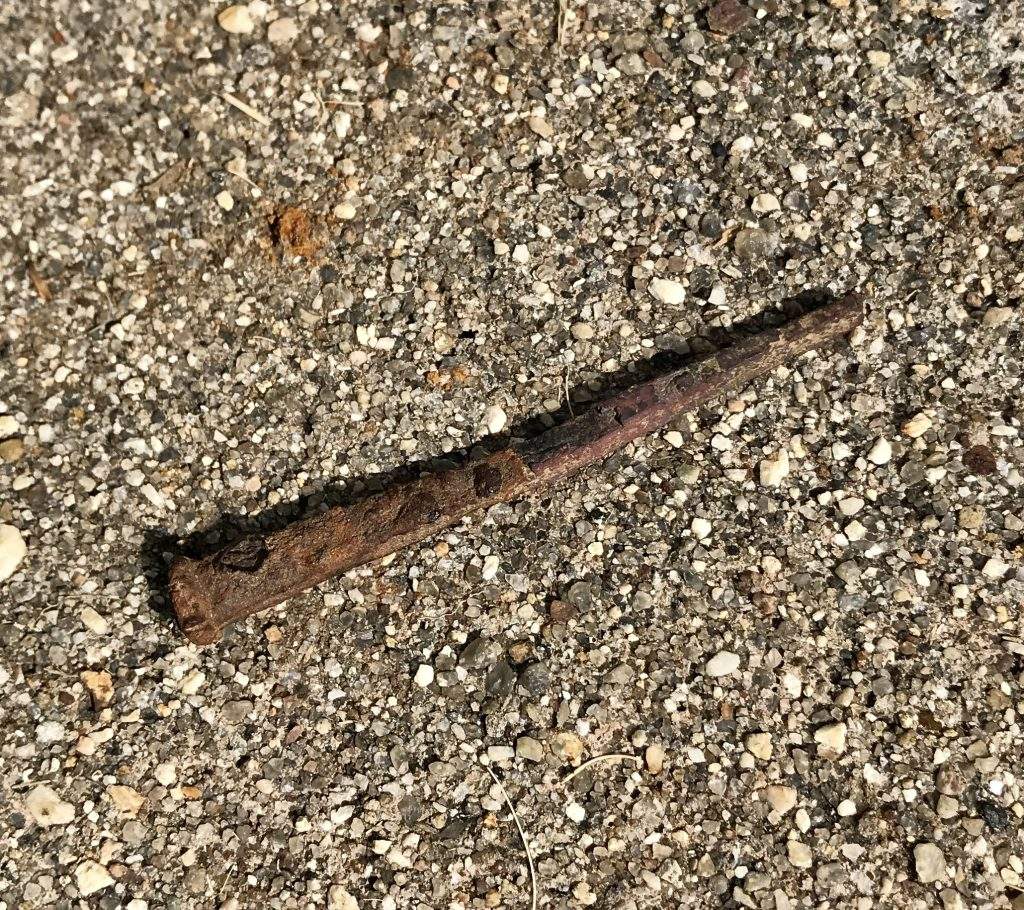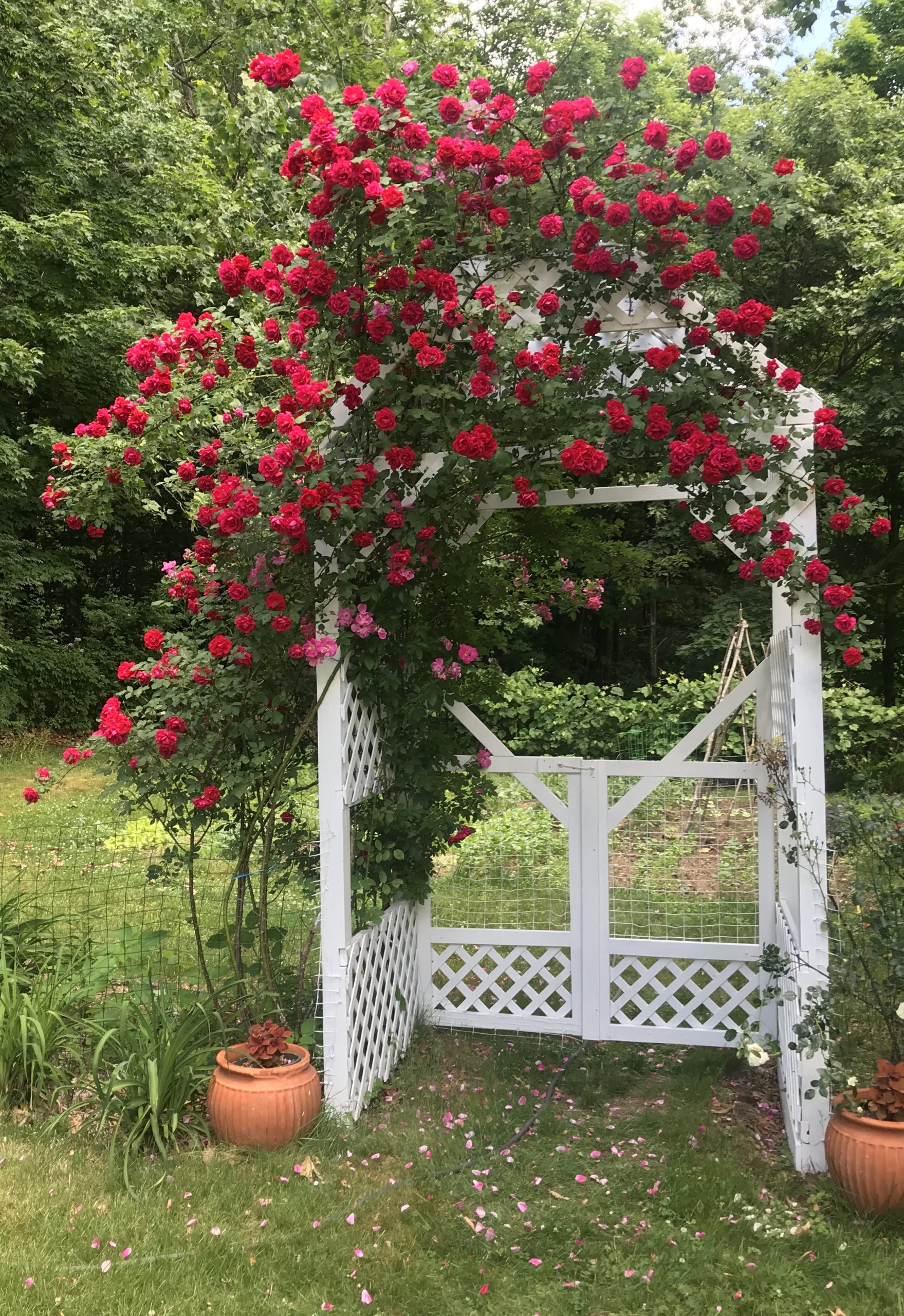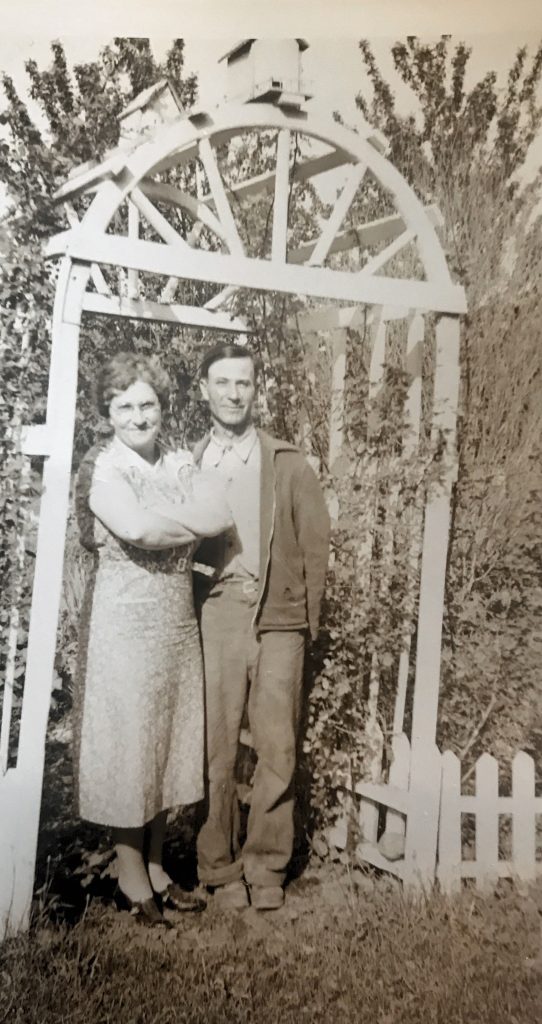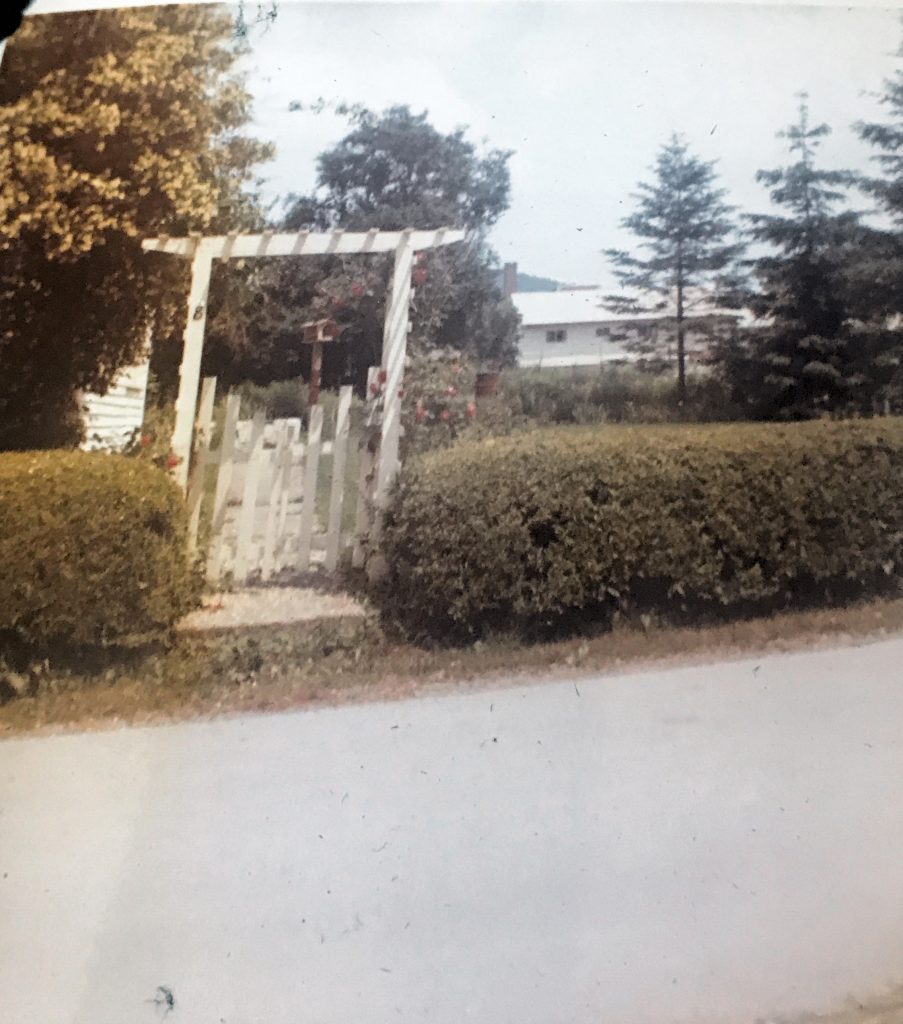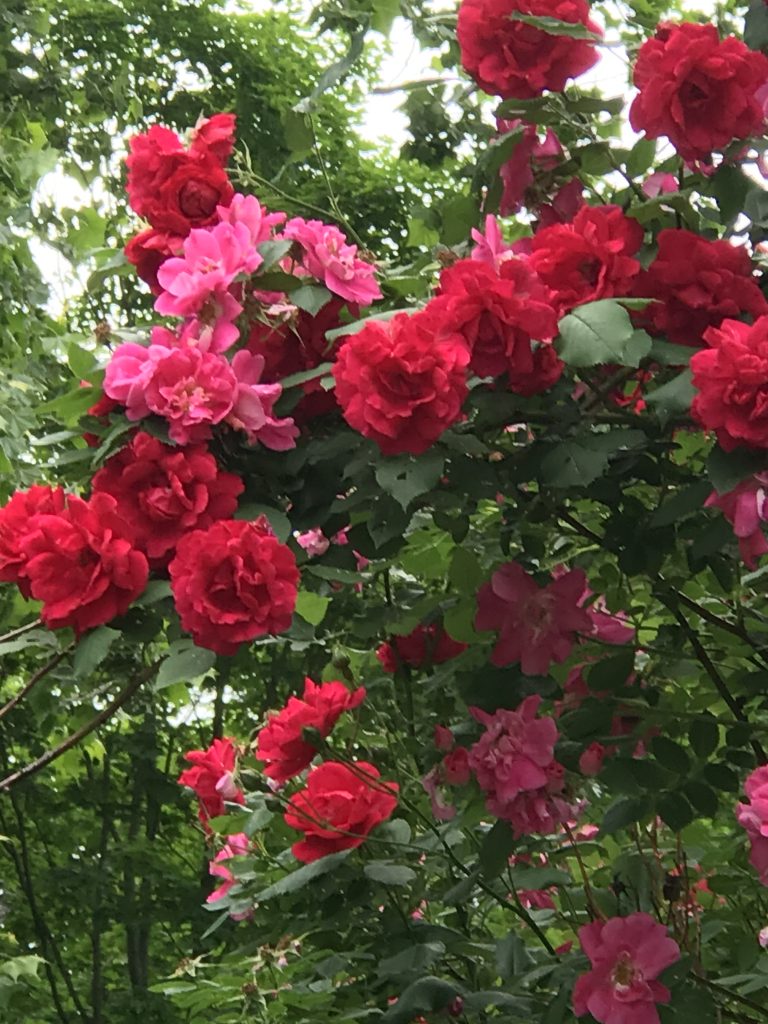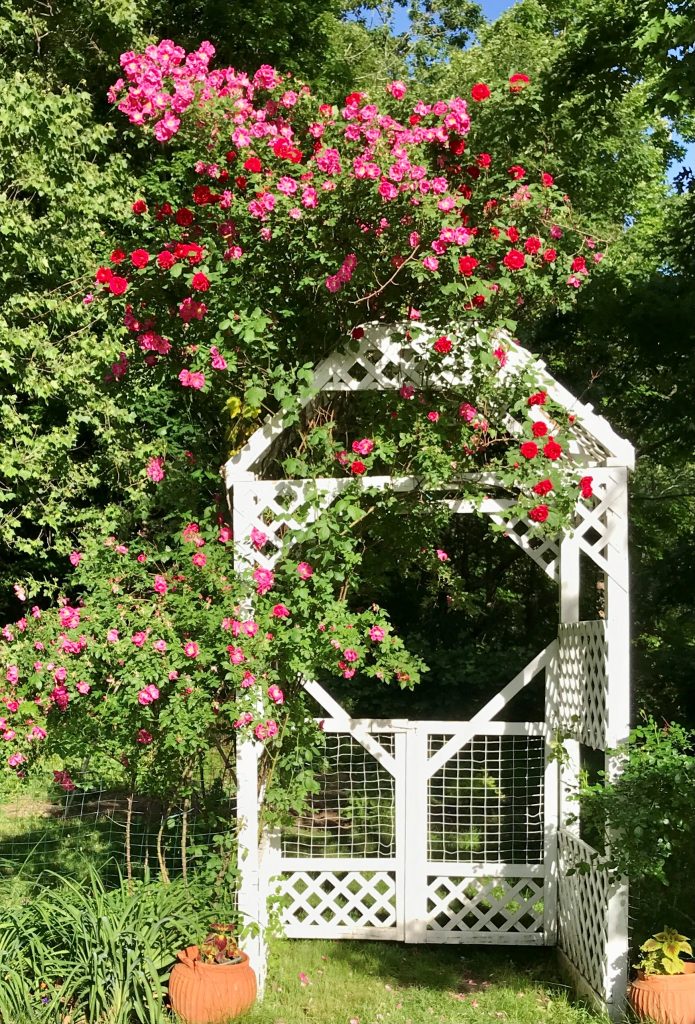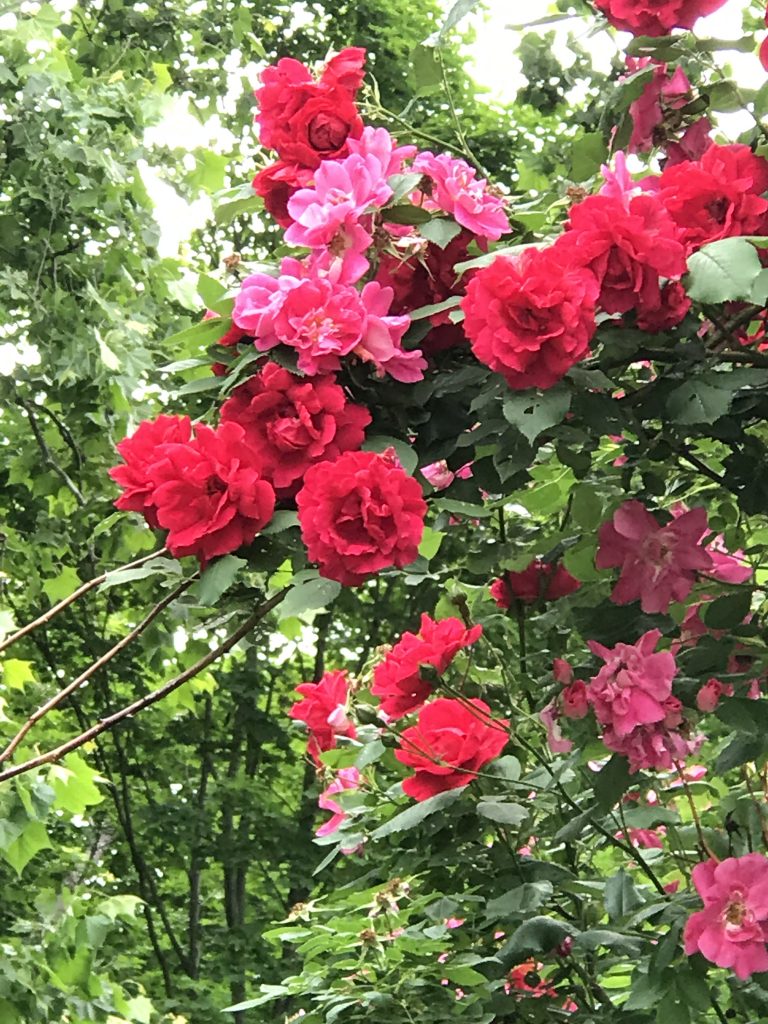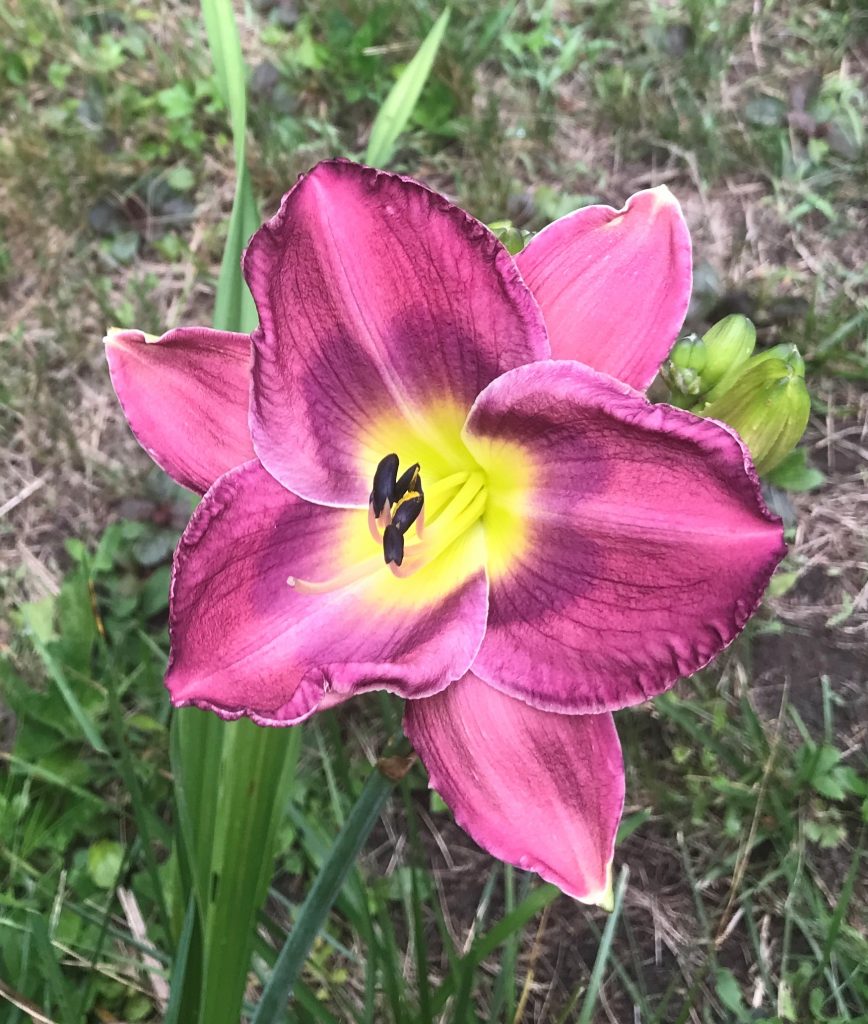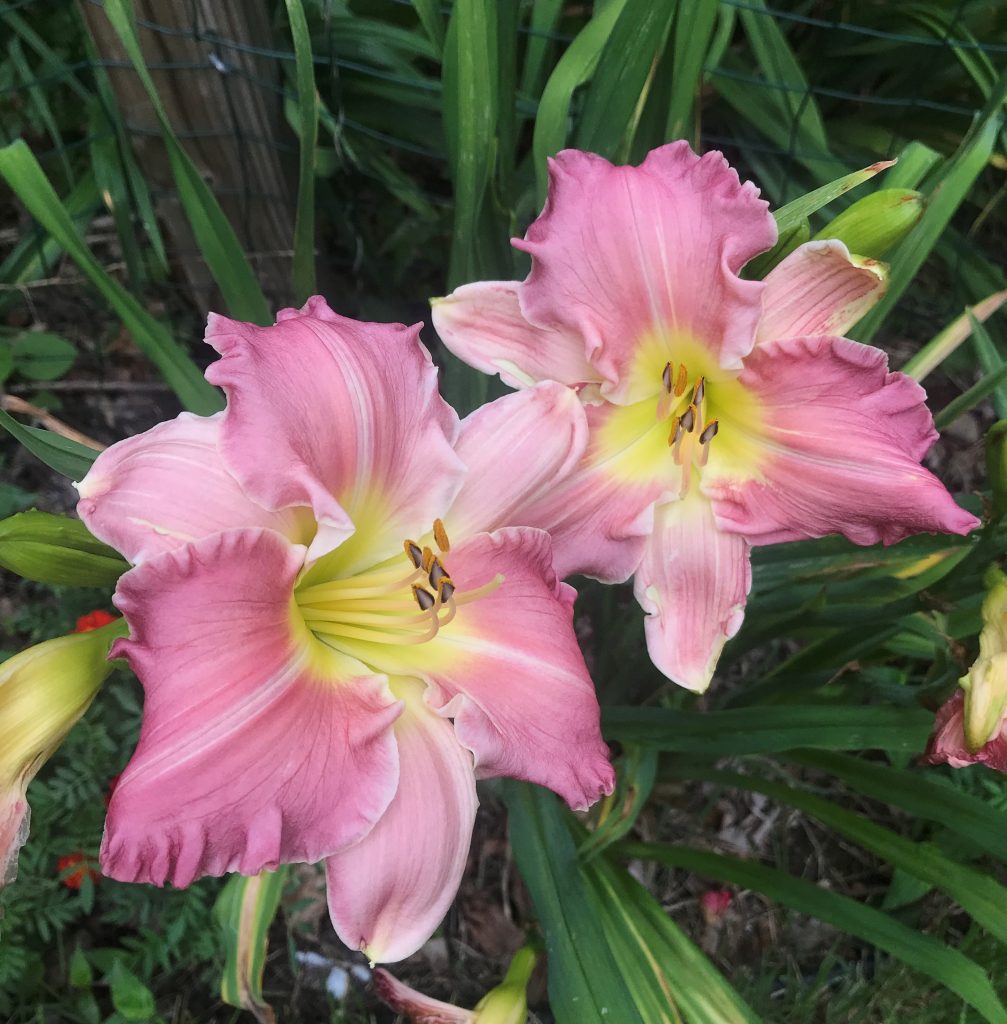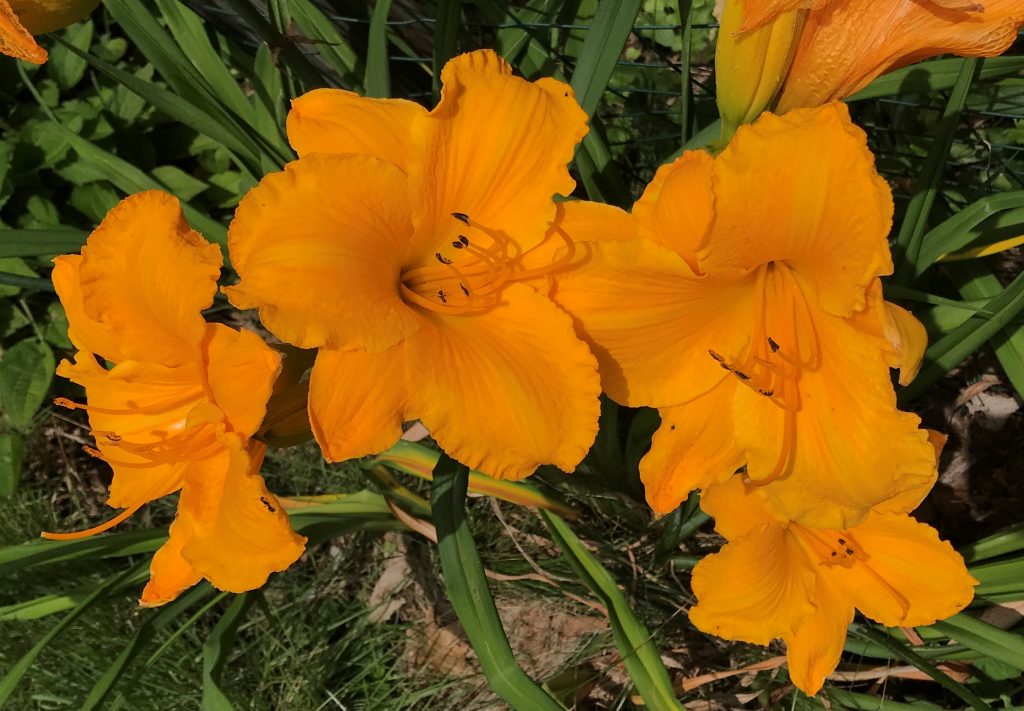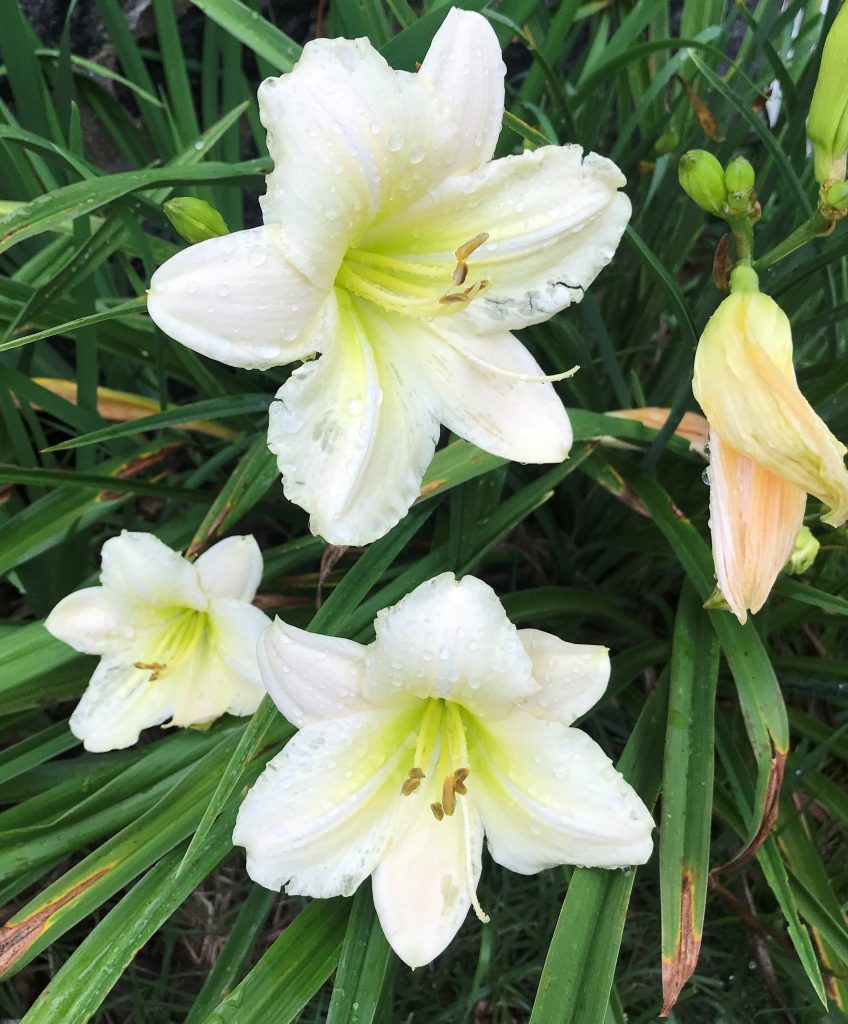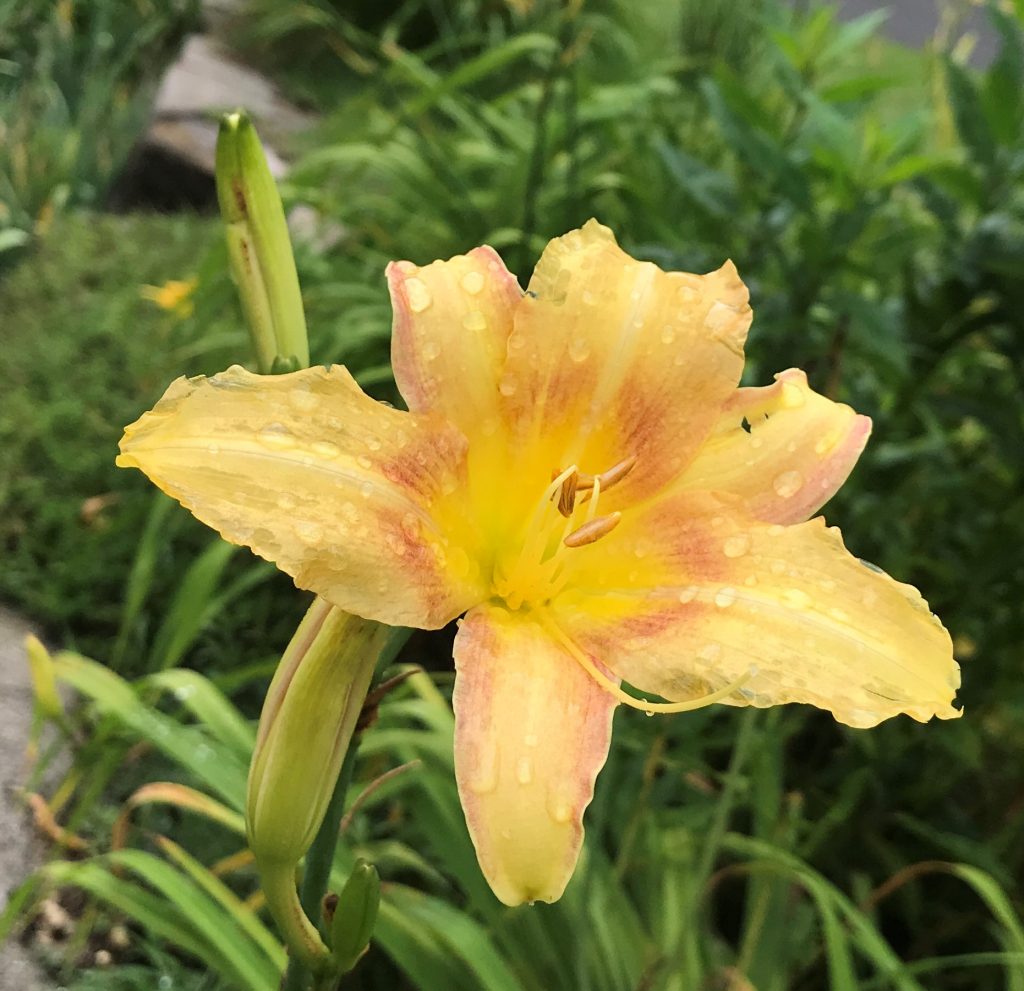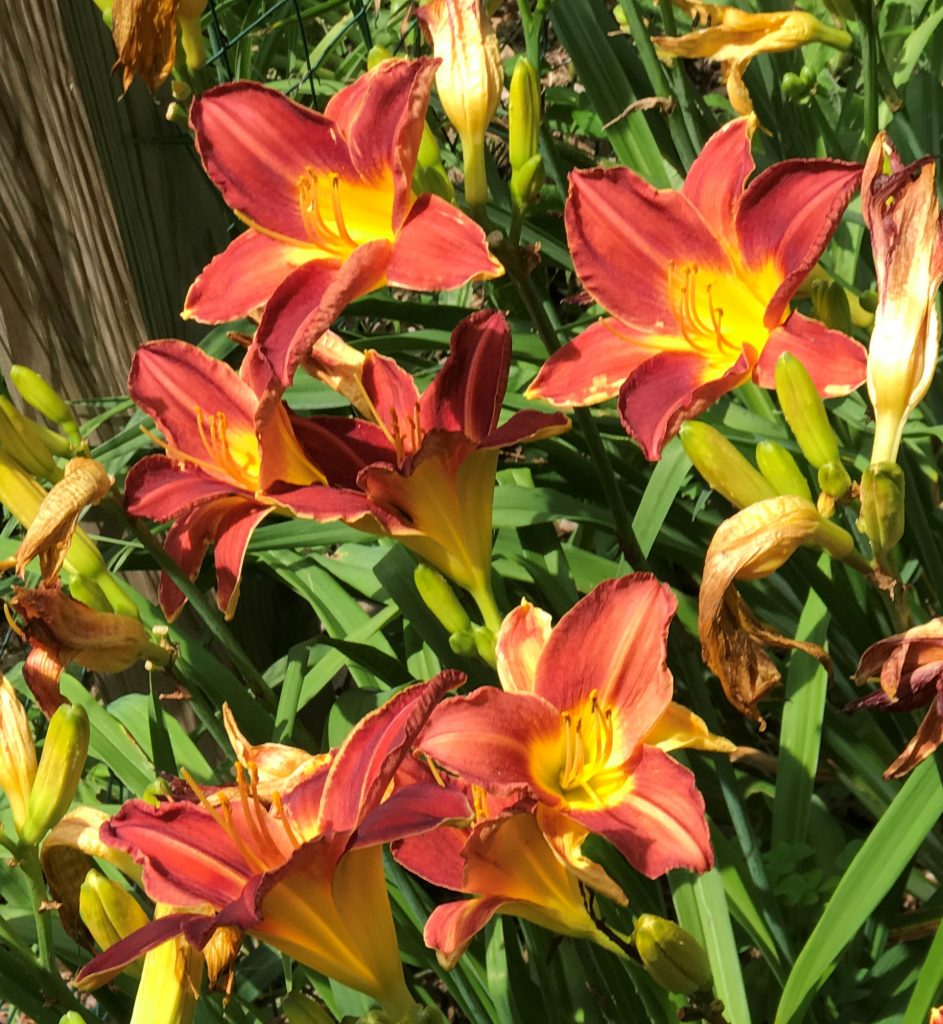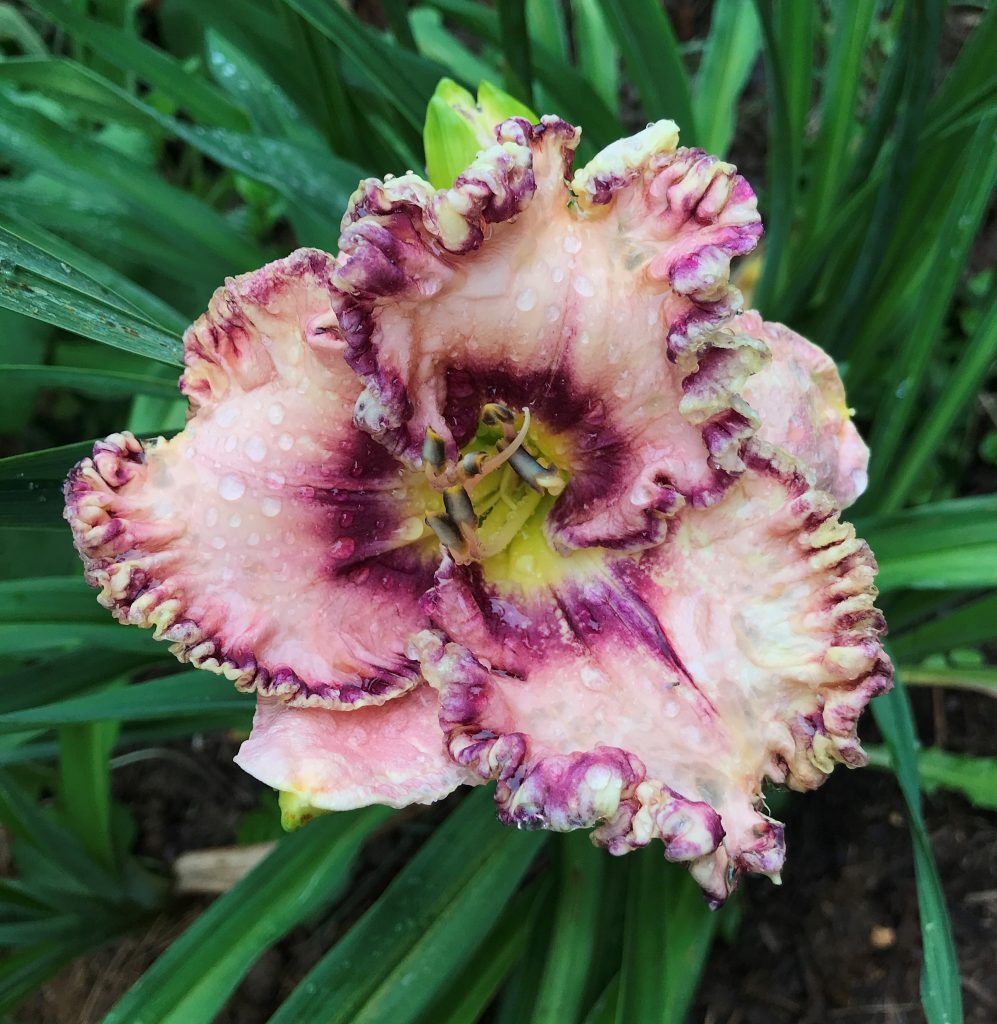“Wheels are rolling!”
Open House Season
It has been a joy for my wife and I to welcome about forty people to our home in the various open house events that we have hosted. We love to have our friends and neighbors visit anyway and the Christmas village set provides the attraction. JoAnne and generous friends provide goodies and everyone has a good time. It is the very most fun when a couple little folks are present and I am down on the floor with them helping them run the trains. However, the Lionel LionChief system is so simple that preschoolers can run trains with a minimum of instruction. But the children quickly learn the older system too.
Vignettes make it interesting
When I design the set, I try to arrange mini scenes within the large one. This is a big part of the fun of the set-up. This year, I was gifted two trucks with headlights by Kris Hayden. That provided an essential prop for the featured picture scene with the pick-up truck being used to illuminate the church manger scene while the outdoor carol sing is in progress.
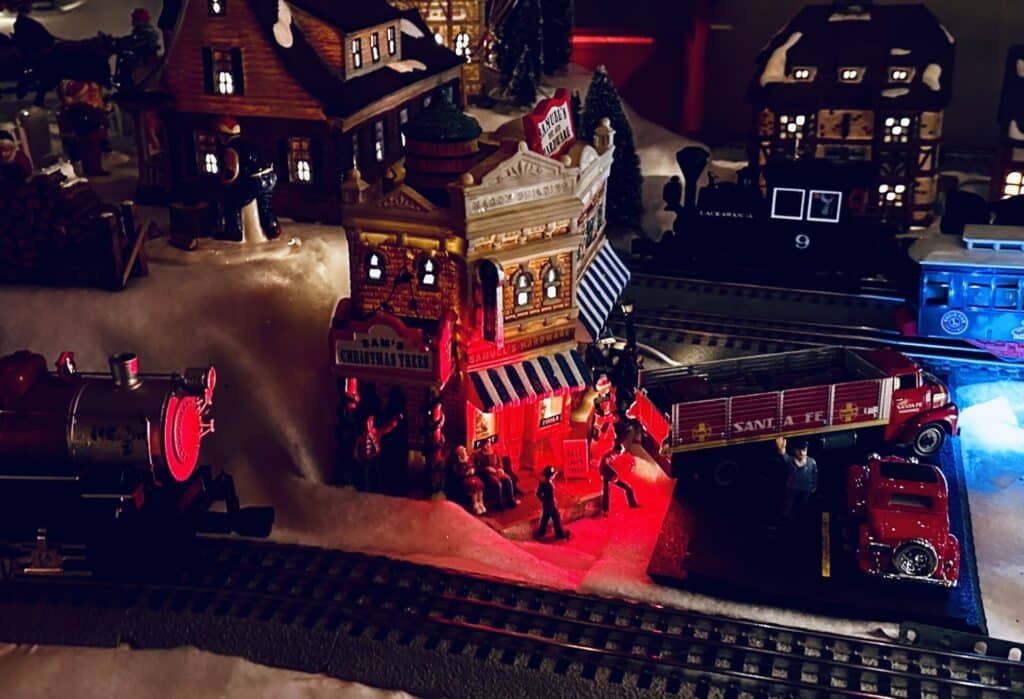
The second truck is seen in this scene of workers unloading from it after dark at the hardware store. I hope the driver in the red car isn’t too impatient.
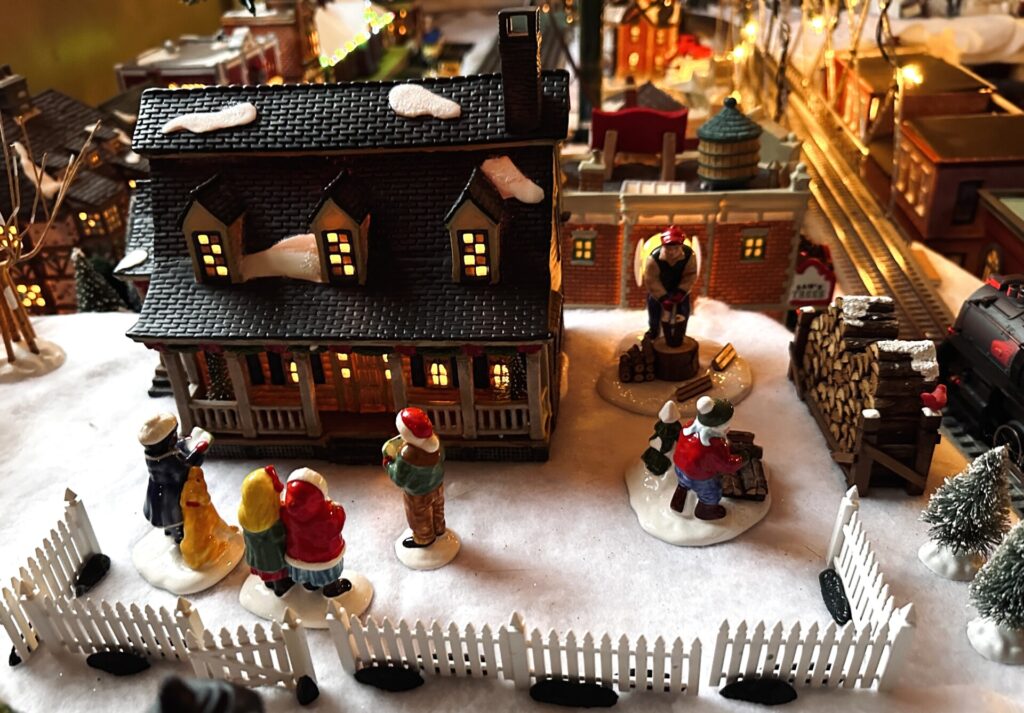
Here’s another group of carolers stopping at a home like our youth group used to do when I was young. Perhaps an elderly Grandma is huddled by the woodstove for which the man and boy are splitting and stacking wood.
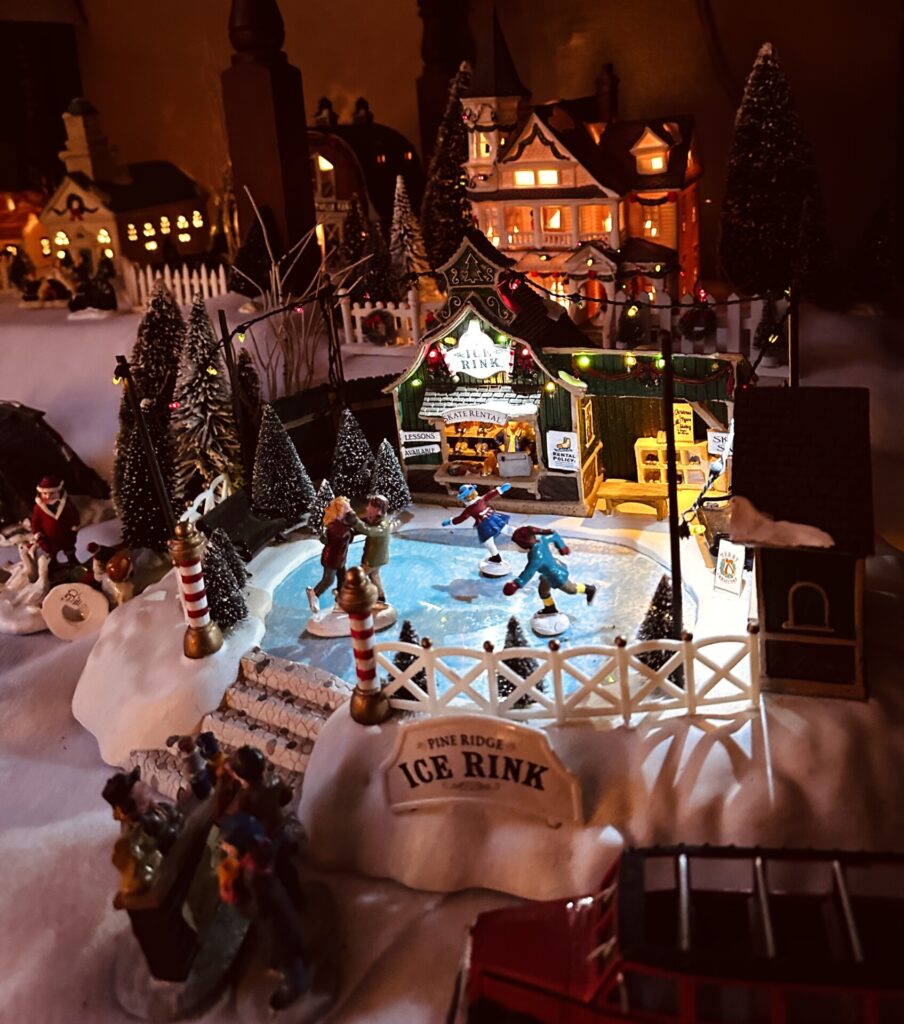
This piece (my wife’s favorite) makes its own vignette but I enhance it with the hot-chocolate stand in front and the tourist bus. Also (not shown) there is an outhouse off to the right partially hidden in the pines.
American Girl dolls visit

Molly (in braids) and her friend Samantha visited the set this week! Our daughter’s Mom-in-law, Sue Stater, enjoys American Girl dolls and often brings Molly and a friend along when she stops by to visit. It’s another way to have fun with a Christmas village.
Do we ever have wrecks?
Since it is obvious that my display has limited access to the back of the lower tracks, I am usually asked about wrecks. Do the trains roll? How do I handle it? Of course we have wrecks–and sometimes in the back where things get difficult. I do my best to prevent them by good track preparation. But they happen. For example, this year a car’s weak coupler opened in the back and I didn’t see the separated train as I was talking. The engine came around and then smashed into the back of the stalled train, derailing it in the worst spot. I had to enlarge a hidden access hole and haul the engine, tender, and derailed car up through it. I was then able to push the remainder of the train to a spot where I could reach it. And currently, Thomas the Tank engine is still under the platform having been rolled clear of the track by an enthusiastic young engineer. But overall, we’ve had a pretty trouble-free run this year! My philosophy is that if it is too fancy or expensive for kids to play with, it is not something I want to own. I find that if I do have something I consider too fragile, it just doesn’t get run.

